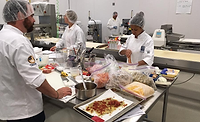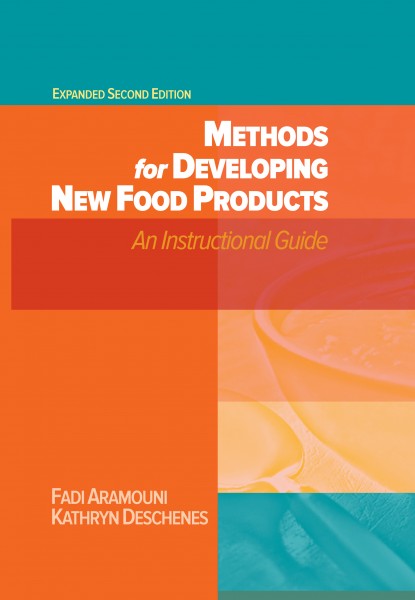Home Chef opens new Chicagoland-area facility
The largest privately held US meal kit company’s third facility promises to help growth strategies and allow for more product offerings.

If Home Chef’s meteoric growth in the last few years is any indication, the meal kit business is definitely booming.
Since its humble beginnings a few years ago in the condo of the company’s founder and CEO Pat Vihtelic, Home Chef has increased its annual revenue from $1 million in 2015 to $250 million today. It is now the largest privately held meal kit company in the US and has become the third largest brand in the category.
The company recently opened a new facility in Bedford Park, Ill. to help deliver more than 3 million meals a month to its customers. Home Chef has two other facilities in Atlanta and Los Angeles, but originally started in Chicago and decided to stay in the area to open the 103,000 sq. ft. production center.
“We’re happy to finally have a facility that’s built to suit for our operations,” says Vihtelic. “We’ve been using second-generation facilities to date, and this is the first one that’s custom built for our operations. It’s really going to be a good platform for us to continue to experiment on our operational efficiency.”
The flow of the space is designed to optimize food safety and quality, with the shipping docks located on one side of the building receiving the meal kit ingredients, which are then separated into different storage rooms, including a freezer space for frozen product and ice as well as a produce room that is kept at 42°F.
How long ingredients are held at the facility depends on how quickly they perish. For example, onions and potatoes have a long storage life, so those ingredients aren’t turned over as quickly as something like basil, which can start wilting in days. However, Chief Operating Officer Nathan Baldwin says the company has 52 turns of product inventory a year.
The facility has three steps to create the 14 different types of meal kits: portioning out the ingredients, bagging the meal components and finally boxing the meals to be shipped out.
Vice President of Product Erik Jensen says the entire menu offerings change every week and to accommodate that, the manufacturing space is purposely kept highly flexible with not a lot of automation, at least yet.
“This facility gives us the flexibility to offer more SKUs in the future as well as more meals and potentially more customization over time,” Jensen says.
Vihtelic says not over investing in the company’s facilities has been one of the keys to its success.
“We don’t know what the perfect production process is, and we probably won’t know anytime soon. So having configurability and flexibility in the production floor has been really important,” he says. “We’ve had some competitors in the meal kit space operating similarly on a weekly cadence who over invested in some automation machinery and then the market changes a little bit, consumer preference changes a little bit, and now they’re finding it difficult to make that transition because they over invested in automation and machinery.”
The company employs 900 full time workers throughout the company, but does have 500 temp workers it uses to help fulfill its cyclical operations. Because the majority of meal kits are being shipped to customers at the start of the work week, the heaviest meal bagging production happens earlier in the week, whereas portioning the dry goods happens mid-week.
This new facility comes after a banner year for Home Chef, with it growing its market share in the meal kit category by more than 55 percent over 2016 and increasing its revenue by more than 150 percent in 2017.
“Scaling the operations has been one of the biggest challenges, and that’s why we’ve kept our finger on the pulse on capacity, operational efficiency and all the metrics that ensure we are actually making money,” says Vihtelic.
Looking for a reprint of this article?
From high-res PDFs to custom plaques, order your copy today!







